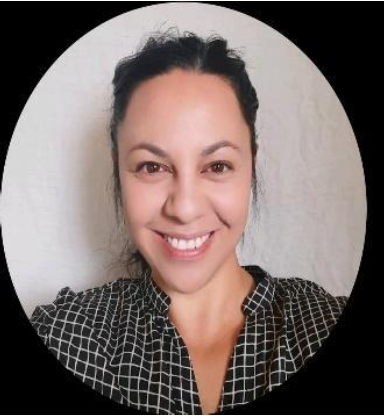You are here
Home › TLRI research › Research in progress › Whatua tū aka › Tikanga and mātauranga Māori, paramount in effective speech language therapy for tamariki and whānau MāoriTikanga and mātauranga Māori, paramount in effective speech language therapy for tamariki and whānau Māori
Intro / Project description
This is a Te Aitanga a Mahaki Iwi led project, with Te Aitanga a Mahaki whanau and hapu, for Te Aitanga a Mahaki uri whakaheke. This Research is co-funded by the Cure Kids and A Better Start Successful Learning Project Grant and The Teaching and Learning Research Initiative.
In this research project we aim to find out what our whānau and Kaiako Māori of Te Aitanga a Mahaki know about speech language therapy and speech language and communication needs of tamariki Māori, and work together to build iwi-specific information and Kaupapa Maori resources that will support speech language and communication needs at home and in the classroom.
Project Aims:
1. Cultural Guidelines for Speech Language Therapists who work with tamariki Māori
who have complex speech language and communication needs. “Cultural Guidelines” are a list of tikanga and kawa that Speech Language Therapists in the Te Aitanga a Mahaki rohe need to know when working with our tamariki and whānau in our homes.
2. Two Kete-Rauemi (Resource Packs) to support our tamariki Māori who have mild-moderate speech language and communication needs. One Kete-Rauemi for whanau to use at home, and the other Kete-Rauemi for Kaiako in their classrooms..
We know that there are inequities in speech language therapy services available for tamariki and whānau Māori. This is especially true for tamariki and whānau in Māori Medium Education. By creating Cultural Guidelines for Speech Language Therapists as well as Nga Kete-Rauemi, we are ensuring two things:
1. That Speech Language Therapists working in Te Aitanga a Mahaki rohe have an awareness of our Tikanga and Kawa when working with our tamariki who have complex speech language and communication needs.
2. That our whanau and Kaiako have access to information, strategies and the resources they need to support out tamariki who have mild-moderate speech language and communication needs.
Why is this research important?
There is a dearth of research focusing on the speech language and communication needs of tamariki Maori. This research will generate much needed, tangible resources and guidance to maximise learning potential of tamariki in Te Aitanga a Mahaki rohe. Whanau and hapu are at the centre, enabling researcher accountability and powerful contributions to a new body of knowledge. This research is about empowering Te Aitanga a Mahaki Iwi to realise their own potential in this space, and highlight their own solutions through their knowledge of Te Reo Maori, Tikanga Maori and Matauranga Maori.
What we plan to do
We plan to host 8-10 Thought Space Wananga (Smith 2019), with three different roopu.
1. Whanau who support tamariki with speech language and communication needs of Te Aitanga
a Mahaki Iwi.
2. Kaiako Māori of Kaupapa Māori Education within Te Aitanga a Mahaki iwi/rohe.
3. Kaiako Maori of Mainstream Education who support tamariki Maori of Te Aitanga a Mahaki
Iwi.
This research is in two parts.
The first part will focus on gathering whanau and Kaiako perspectives on speech language therapy, the speech language and communication needs of tamariki Maori and the critical information Speech Language Therapists need to know before, during and after working with tamariki, whanau and Kaiako of Te Aitanga a Mahaki rohe, including the dreams and aspirations of Te Aitanga a Mahaki for their uriwhakaheke. This information will inform the development of the Cultural Guidelines for Speech Language Therapists.
In part two, the focus will be on gathering information pertaining to the speech language and communication needs and wants of the Iwi. This will inform the development of Nga Kete Rauemi.
The research team will use a General Inductive Approach (Thomas 2005) for data analysis.

TLRI research
Recently published reports
Pepe meamea in the spirit of the collective: Embedding Samoan indigenous philosophy in ECE for Samoan children under two
Jacoba MatapoOn2Science - Multiple affordances for learning through participation in online citizen science
Dr Cathal Doyle and Dr Cathy BunttingLearning From Each Other: Enhancing Pacific Education through People, Concept and Culture-focused Inquiry
Dr Cherie Chu-Fuluifaga and Dr Martyn ReynoldsMore projects like this
- Ngā pūrākau o Te Kura o Tuahiwi. A Kaupapa Māori Case study: a mixed methods approach
- Titiro Whakamuri, Hoki Whakamua. We are the future, the present and the past: Caring for self, others and the environment in early years’ teaching and learning
- Te Whatu Kete Matauranga: Weaving Māori and Pasifika infant and toddler theory and practice in early childhood education

